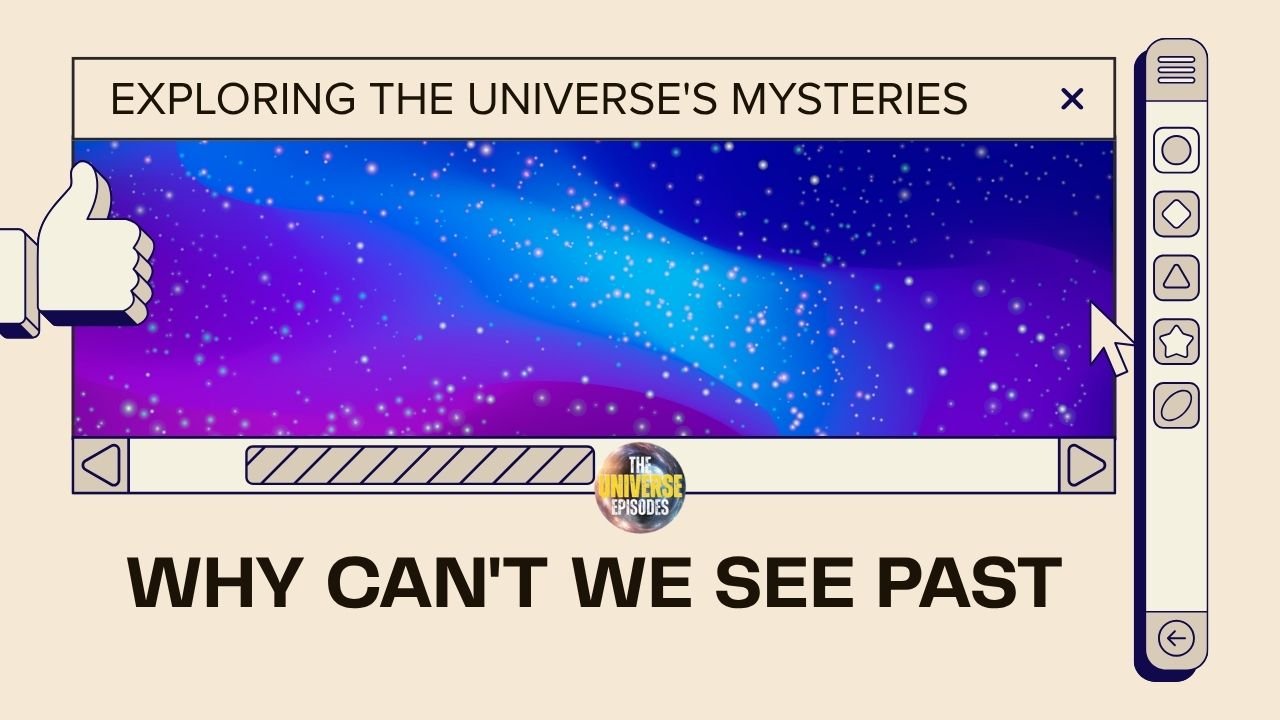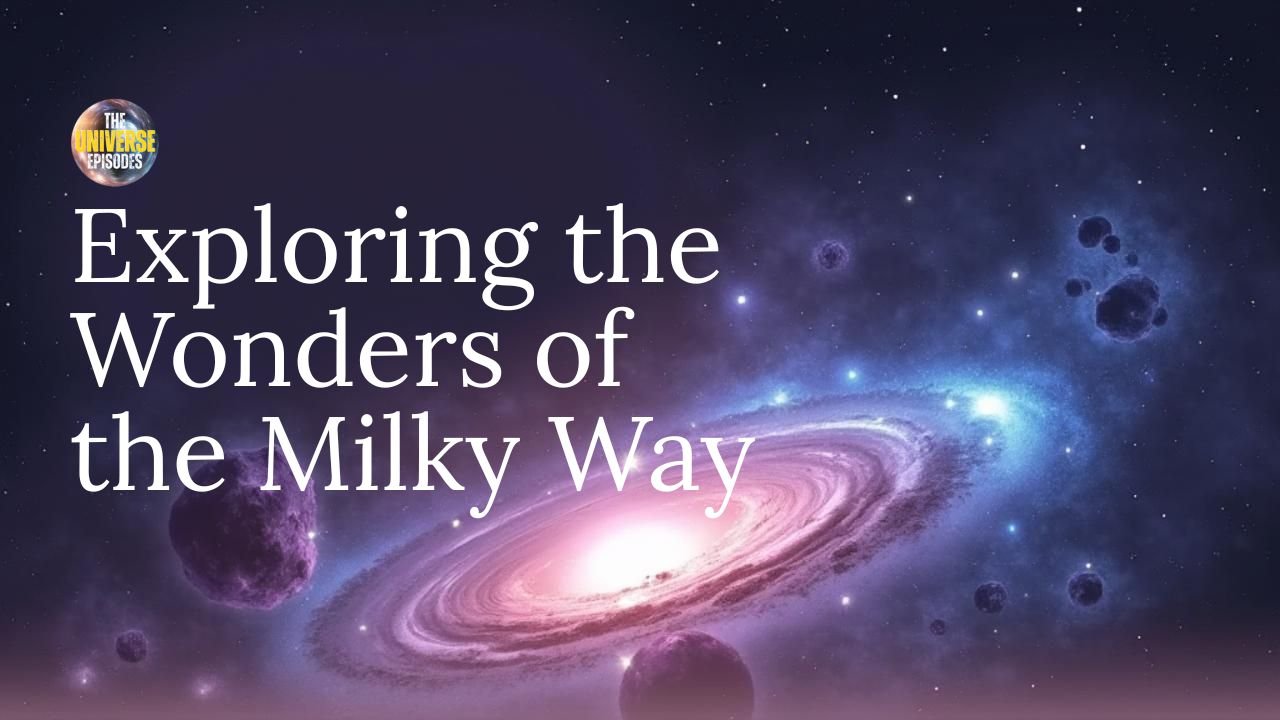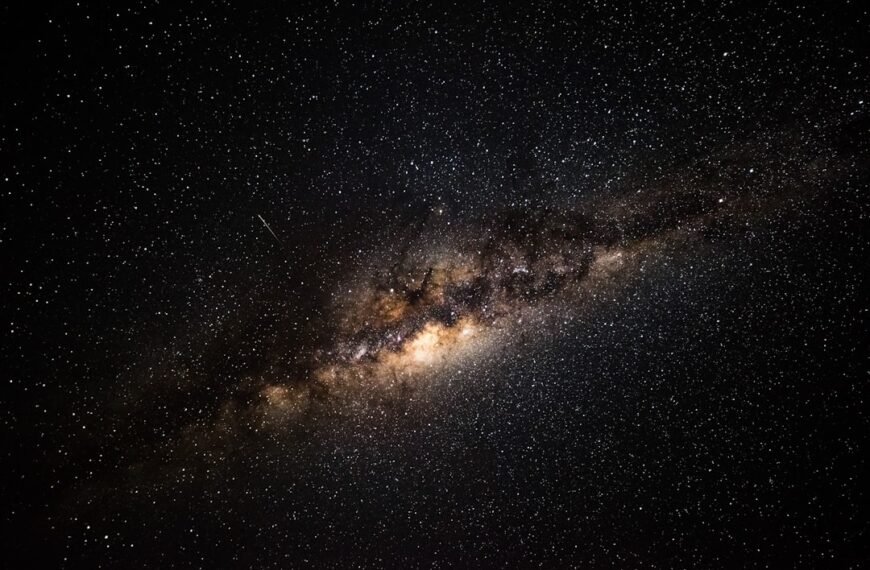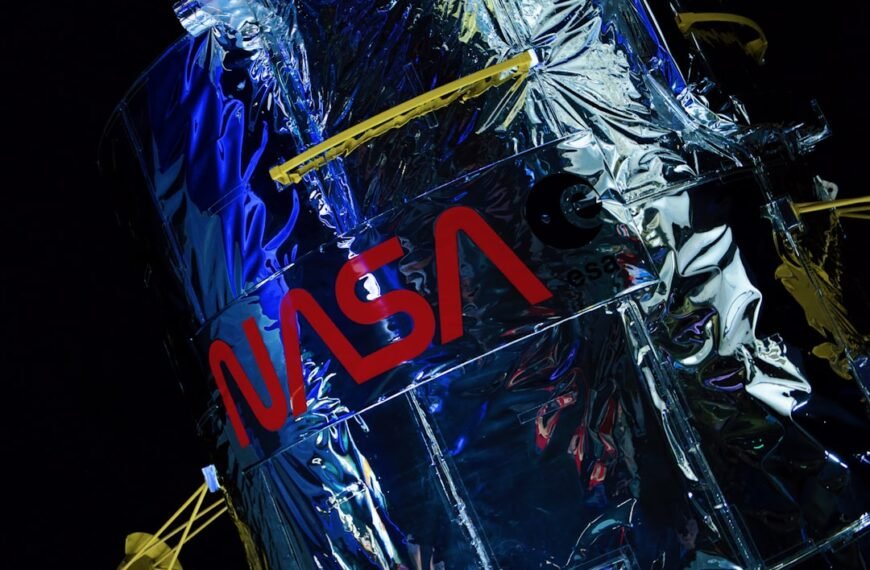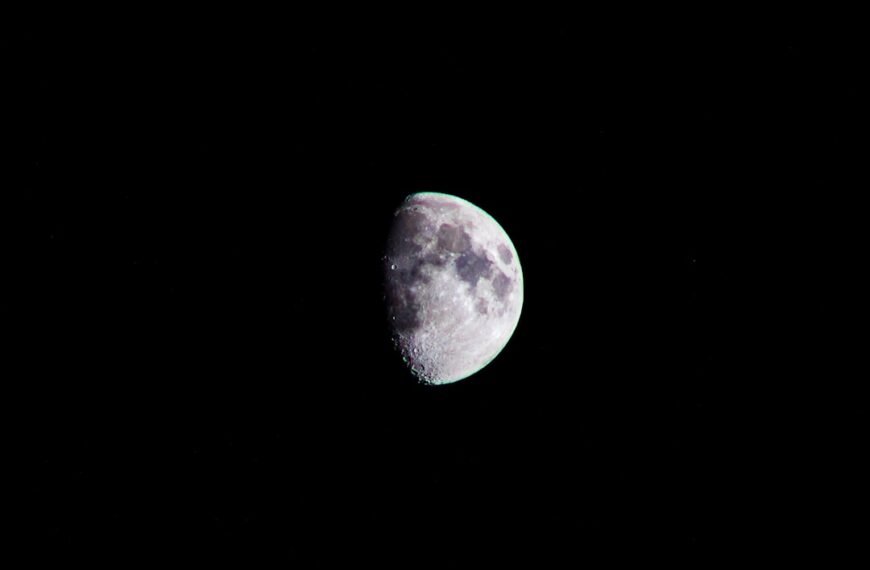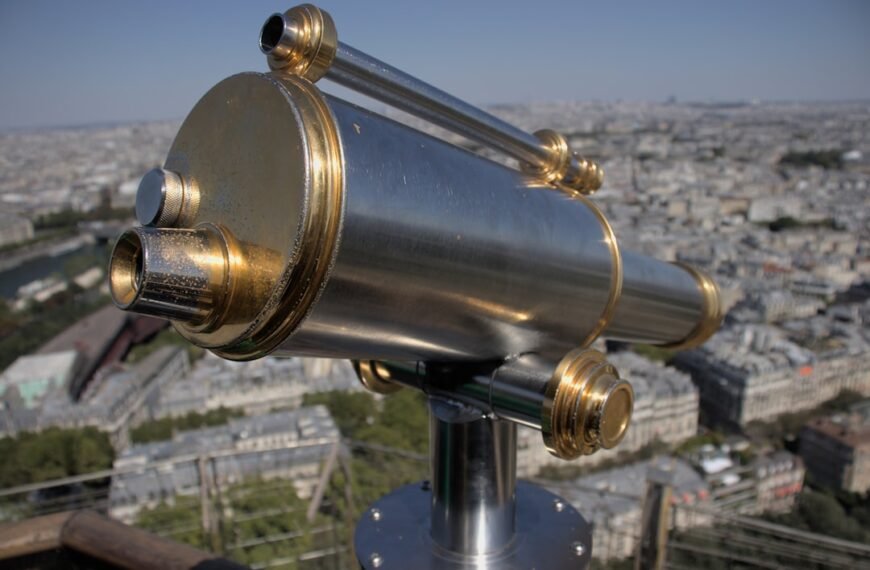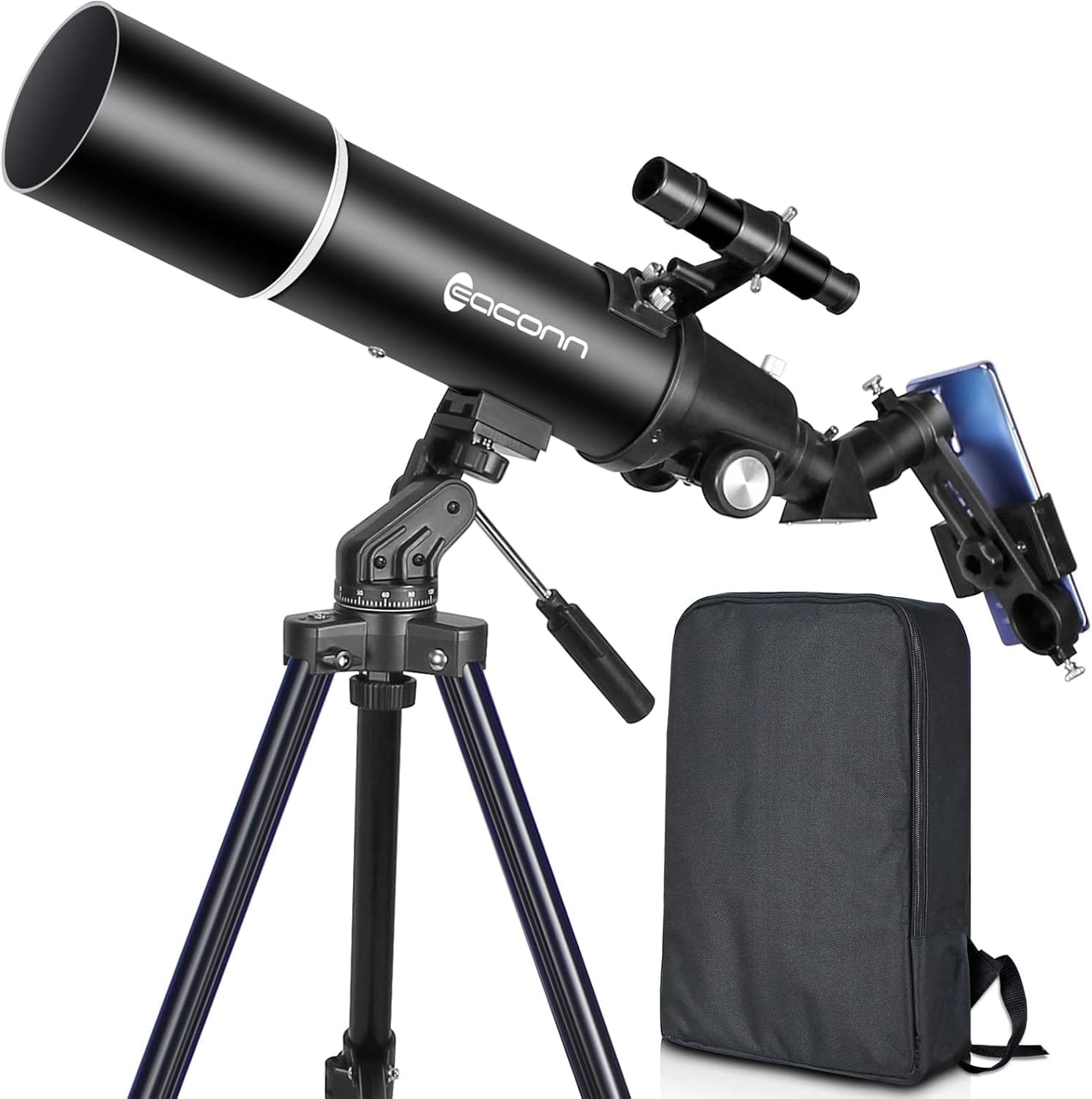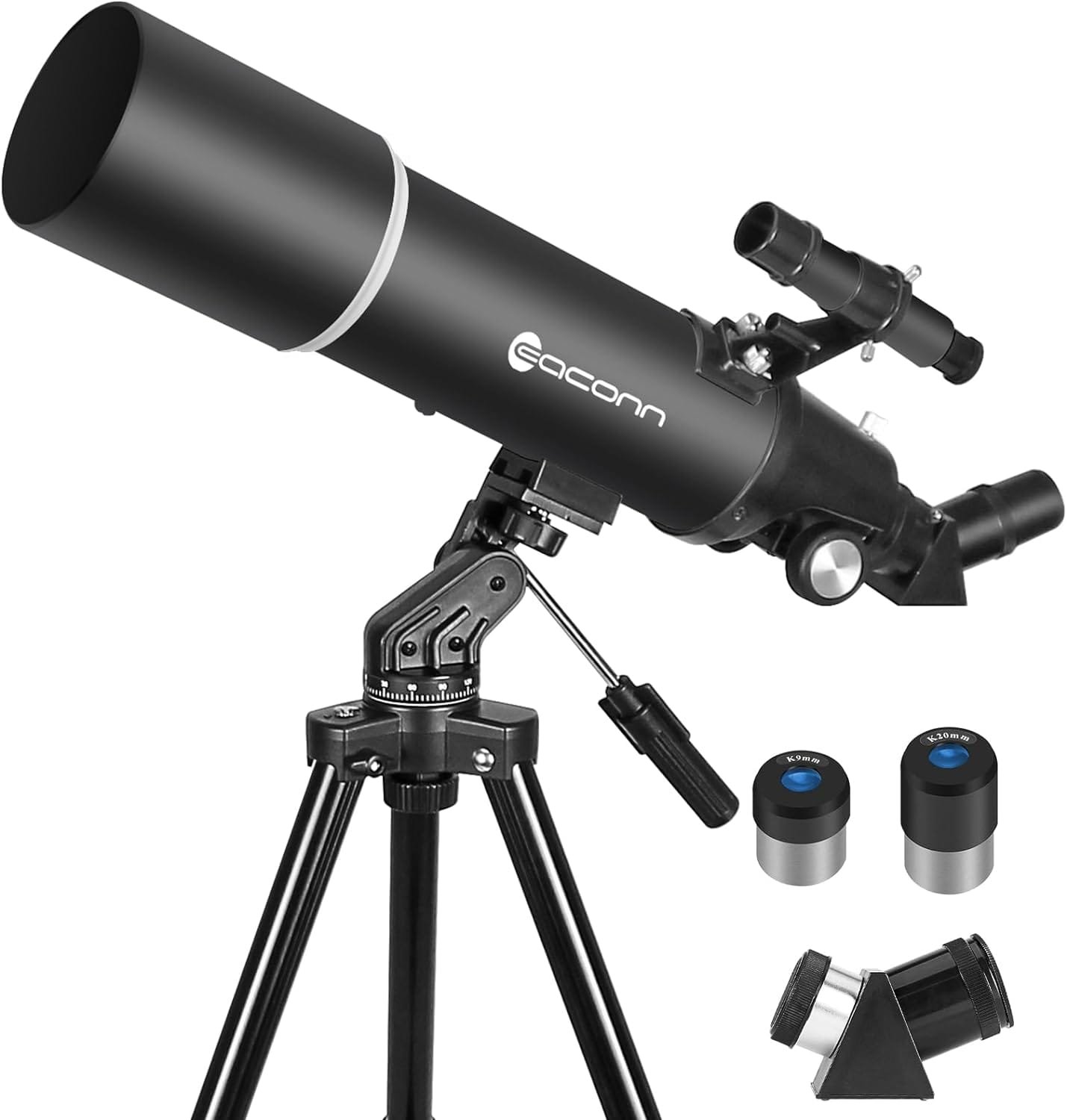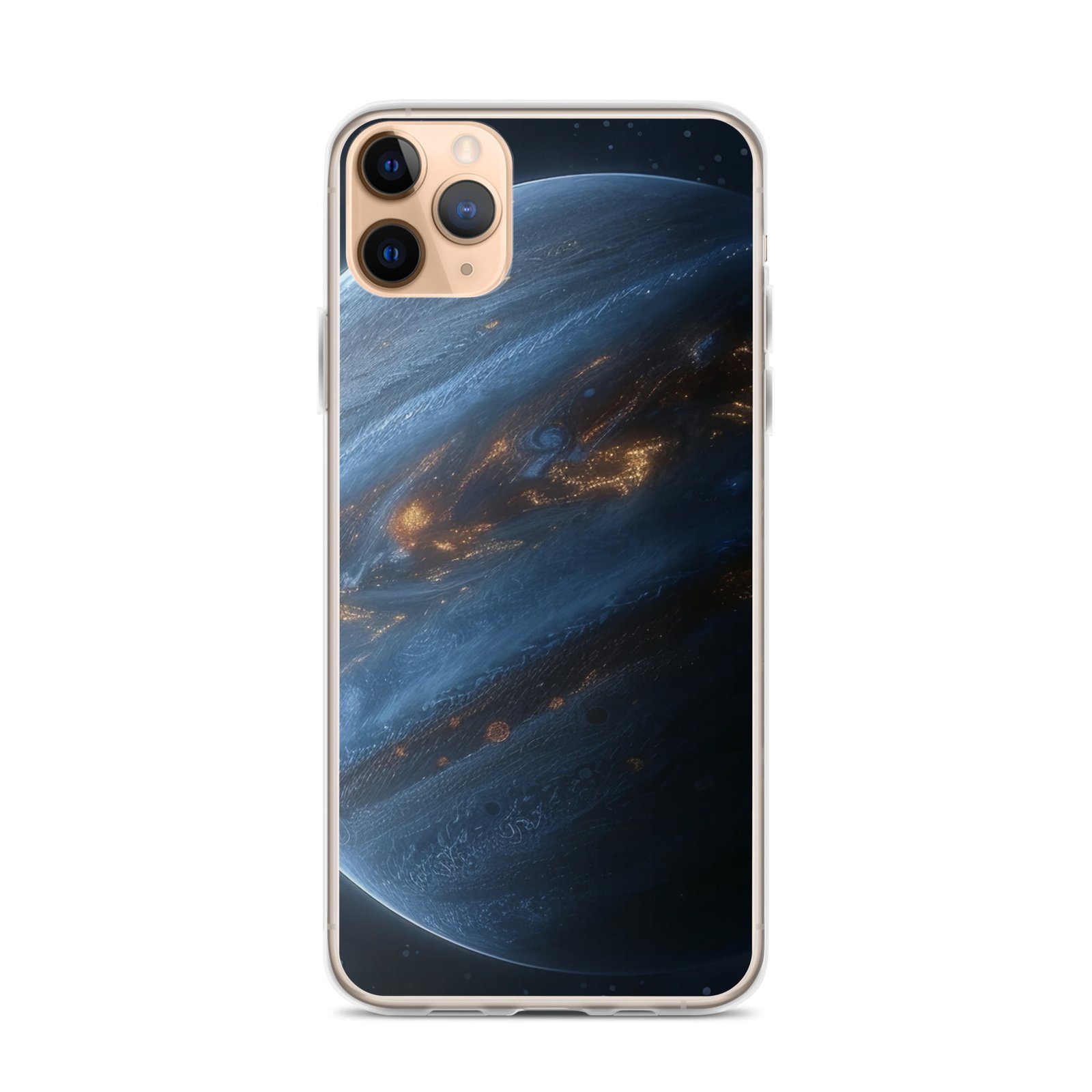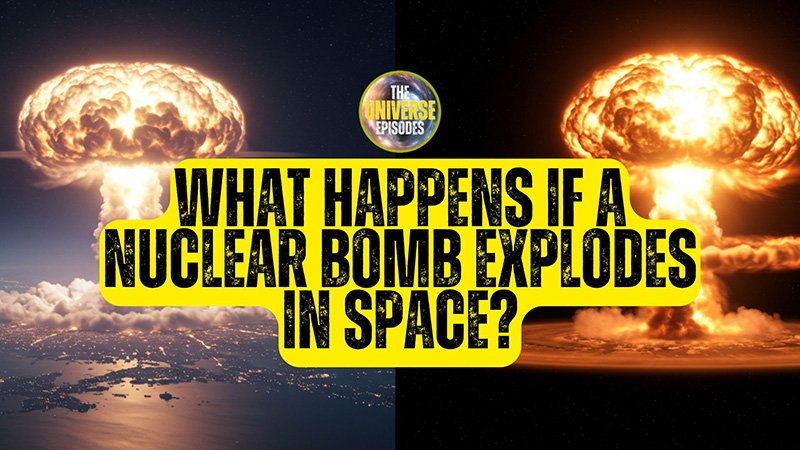Key Takeaways
- The cosmological horizon marks the boundary of our observable universe.
- We cannot see past the cosmological horizon due to the finite speed of light, the finite age of the universe, and the accelerating expansion of the universe.
- There are three major horizon concepts: particle horizon, event horizon, and Hubble sphere—each with distinct physical meanings.
- General relativity and cosmic inflation help explain why certain regions of the universe will remain forever unobservable.
What Is the Cosmological Horizon?
The cosmological horizon is not a wall in space. It’s a limit in time and causality. It defines the boundary between what we can and cannot observe in the entire universe.
It exists because:
- Light travels at a finite speed.
- The universe is about 13.8 billion years old.
- Space itself is expanding.
In simple terms, the cosmological horizon is the maximum distance from which light has had enough time to reach us since the beginning of the universe.
Understanding the Different Cosmic Horizons
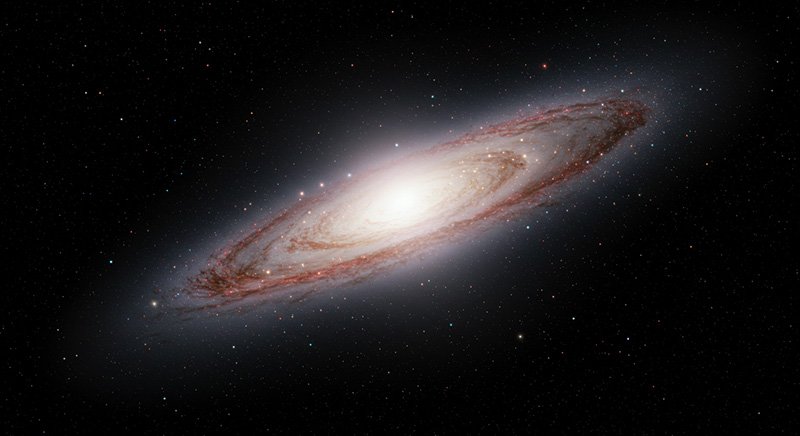 dark background filled with distant stars, stretching toward the cosmological horizon.” class=”wp-image-21029″/>
dark background filled with distant stars, stretching toward the cosmological horizon.” class=”wp-image-21029″/>1. Particle Horizon
- Definition: The maximum distance from which light emitted since the Big Bang could have traveled to us.
- Current Estimate: ~46.5 billion light-years
- Dynamic: Expanding
- Importance: Defines the edge of the observable universe.
2. Event Horizon
- Definition: The maximum distance from which light emitted now can ever reach us.
- Current Estimate: ~16 billion light-years
- Dynamic: Shrinking due to accelerated expansion
- Importance: Limits our future ability to see beyond our current reach.
3. Hubble Sphere
- Definition: The distance at which galaxies are receding at the speed of light due to cosmic expansion.
- Current Estimate: ~13.2 billion light-years
- Dynamic: Changes with the Hubble constant
- Importance: Separates subluminal and faster than light recession zones.
The Finite Speed of Light: A Universal Limit
Light travels at 299,792,458 meters per second—the cosmic speed limit. Even the fastest signals are limited by this speed.
This means:
- Distant galaxies are seen as they were billion light-years ago.
- Light from some galaxies hasn’t reached us yet.
Example:
- When we look at a galaxy in the entire universe that’s 13 billion light-years away, we see it as it was 13 billion years ago—not as it is now.
The Age of the Universe: A Finite Timeline
The universe is about 13.8 billion years old.
If light has only had 13.8 billion years to travel, how can we see objects 46.5 billion light-years away?
Because of the expansion of the universe.
As light travels through the universe, the space between galaxies expands. So even though light was emitted from a closer distance, the object’s current location is much farther away.
Real-world data:
- The light from the cosmic microwave background was emitted 13.8 billion years ago, but the source of that light is now ~46 billion light-years away.
The Expanding Universe: Stretching the Fabric of Space
Edwin Hubble’s Discovery
In 1929, Edwin Hubble observed that every galaxy is moving away from us. The farther they are, the faster they recede.
This became known as Hubble’s Law:
v = H0 × D
Where:
- v = recession velocity
- H0 = Hubble constant
- D = distance from Earth
But it’s not galaxies moving through space—it’s space itself expanding.
Dark Energy and Acceleration
About 5 billion years ago, cosmic expansion began accelerating due to dark energy. This has led to an event horizon—a boundary beyond which signals sent today will never reach us.
Redshift: The Cosmic Stretching of Light
Doppler Redshift vs. Cosmological Redshift
- Doppler Redshift: Caused by objects moving through space.
- Cosmological Redshift: Caused by the expansion of space itself.
The farther a galaxy is, the more its light is redshifted. Light from the early universe appears in the infrared spectrum due to stretching.
Superluminal Recession: Faster Than Light?
Galaxies beyond the Hubble sphere are receding faster than light.
How?
- It’s not because they’re moving through space.
- It’s because space itself is expanding.
This doesn’t violate relativity because no information travels faster than light locally.
Cosmic Inflation: The Primordial Stretch
Inflation was a brief period of exponential expansion right after the Big Bang (~10^-32 seconds after the universe was born).
Impacts of inflation:
- Causal connectivity: Tiny regions expanded to cosmic scales, explaining uniformity.
- Vast scale: The universe became much larger than the observable portion.
- Comoving horizon shrank during inflation, causing many regions to become permanently unobservable.
What Lies Beyond the Horizon?
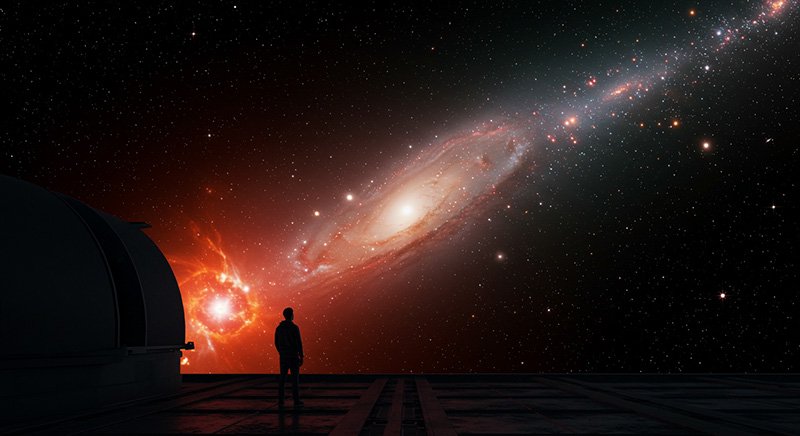
We can’t see it—and never will.
The universe beyond the cosmological horizon is causally disconnected:
- No light or signal can reach us from there.
- We can’t send information there either.
Future outlook:
- More galaxies will pass beyond our event horizon.
- Eventually, only the Local Group of galaxies will remain visible within the cosmological limits.
Observable Universe vs. Entire Universe
| Property | Observable Universe | Entire Universe |
|---|---|---|
| Defined by | Particle Horizon | Totality of existence |
| Size | ~93 billion light-years diameter | Unknown, possibly infinite |
| Observer-dependent | Yes | No |
| Accessible? | Yes | No (beyond horizon) |
Implications for Astronomy and Humanity
Communication Limits
Civilizations beyond our event horizon are unreachable.
- We may see their ancient light.
- But we can’t respond or visit.
Shrinking Cosmic Window
As expansion continues:
- The observable universe shrinks in influence.
- Future astronomers will see a darker sky.
Pushing the Boundary: How Far Can We See?
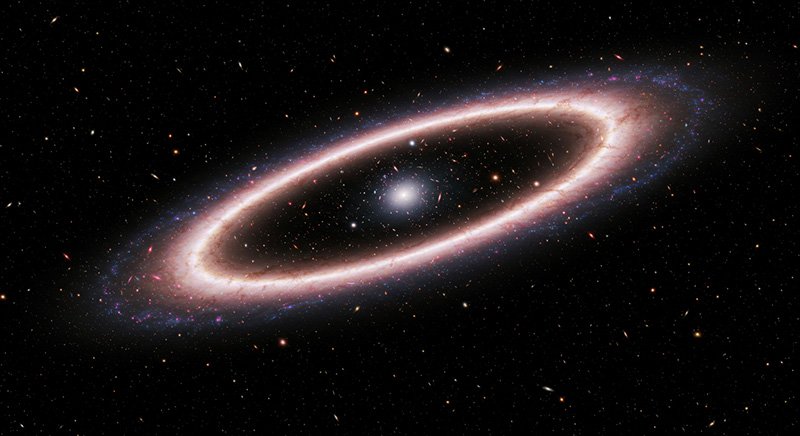
James Webb Space Telescope (JWST) and Hubble use infrared to see the most ancient galaxies.
Why infrared?
- High-redshift galaxies emit visible/UV light that is stretched into the infrared spectrum.
JWST is helping us:
- Probe earlier epochs of the universe.
- Approach the particle horizon more closely than ever before.
These telescopes take us back to a time close to the beginning of the universe.
The Universe Has Limits—And So Do We
We cannot see past the cosmological horizon because of:
- The finite speed of light
- The finite age of the universe
- The dynamic and accelerating expansion of the universe
But within our cosmic limits, we continue to uncover secrets, explore every galaxy we can observe, and reflect on our place in the entire universe.
We may never know what lies beyond. But what we can see is infinitely fascinating—and enough to fuel discovery for generations.

